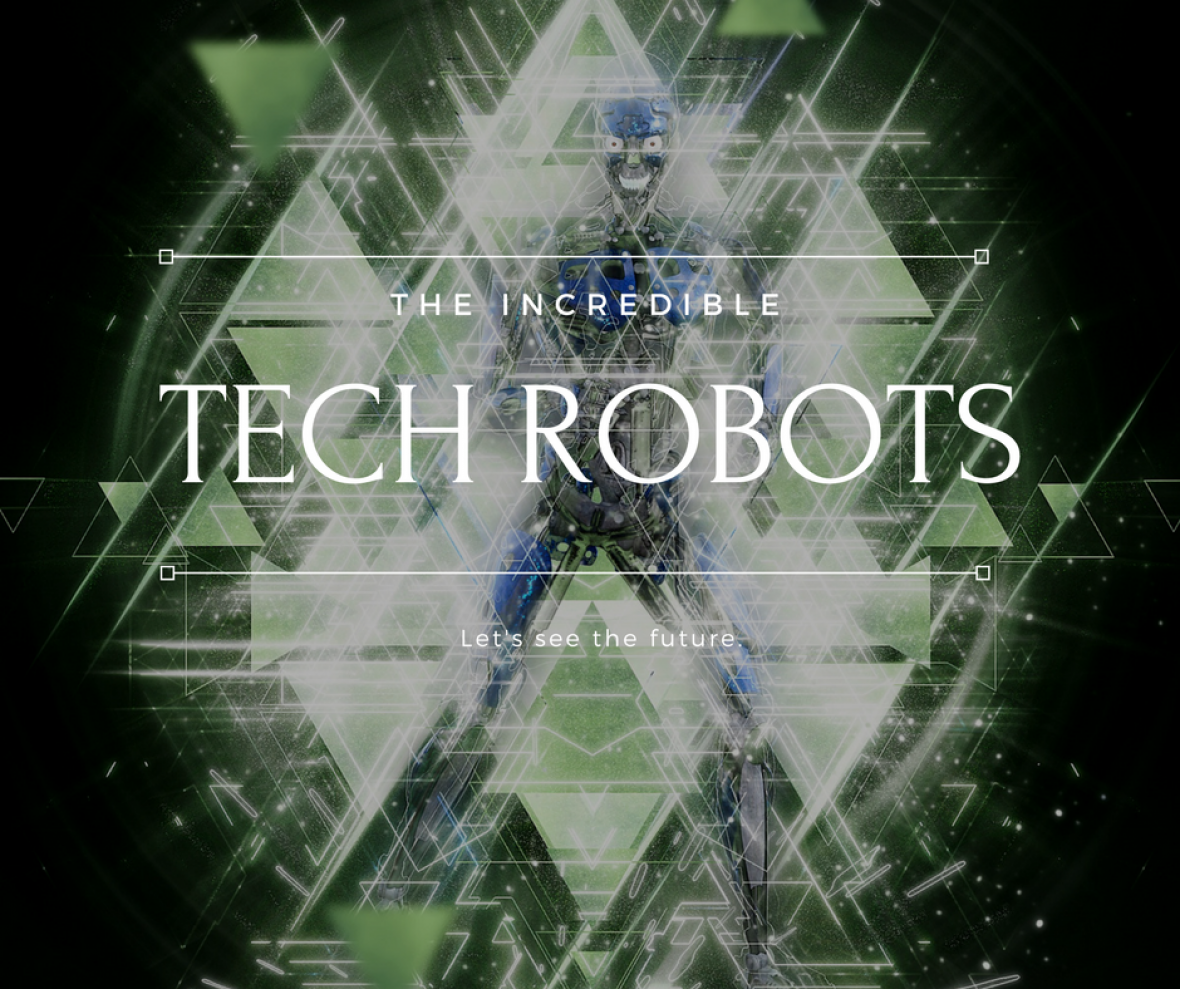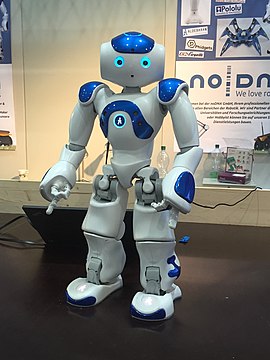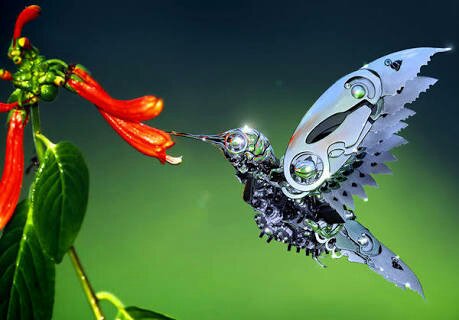
Nowadays, robots do a lot of different tasks in many fields and the number of jobs entrusted to robots is growing steadily. That’s why in my opinion one of the best ways how to divide robots into types is a division by their application.
There are:
*Industrial robots – Industrial robots are robots used in an industrial manufacturing environment. Usually these are articulated arms specifically developed for such applications as welding, material handling, painting and others. If we judge purely by application this type could also include some automated guided vehicles and other robots.
*Domestic or household robots – Robots used at home. This type of robots includes many quite different devices such as robotic vacuum cleaners, robotic pool cleaners, sweepers, gutter cleaners and other robots that can do different chores. Also, some surveillance and telepresence robots could be regarded as household robots if used in that environment.
*Medical robots – Robots used in medicine and medical institutions. First and foremost – surgery robots. Also, some automated guided vehicles and maybe lifting aides.
*Service robots – Robots that dont fall into other types by usage. These could be different data gathering robots, robots made to show off technologies, robots used for research, etc.
*Military robots – Robots used in military. This type of robots includes bomb disposal robots, different transportation robots, reconnaissance drones. Often robots initially created for military purposes can be used in law enforcement, search and rescue and other related fields.
*Entertainment robots – These are robots used for entertainment. This is a very broad category. It starts with toy robots such as robosapien or the running alarm clock and ends with real heavyweights such as articulated robot arms used as motion simulators.

*Space robots – Id like to single out robots used in space as a separate type. This type would include robots used on the International Space Station, Canadarm that was used in Shuttles, as well as Mars rovers and other robots used in space.
*Hobby and competition robots – Robots that you create. Line followers, sumo-bots, robots made just for fun and robots made for competition.
Now, as you can see there are examples that fit into more than one of these types. For example, there can be a deep sea exploration robot that can gather some valuable information that can be used for military purposes.
Also, I have seen that a division into two types is used, accordingly – industrial and service robots. However, I can not see how a Mars exploration rover fits into one of these general types. Therefore I have used “service robots” in a narrower manner. In my version a term “service robots” serves as “others”. This is basically a type where robots that don’t fit into other types should fall in.















